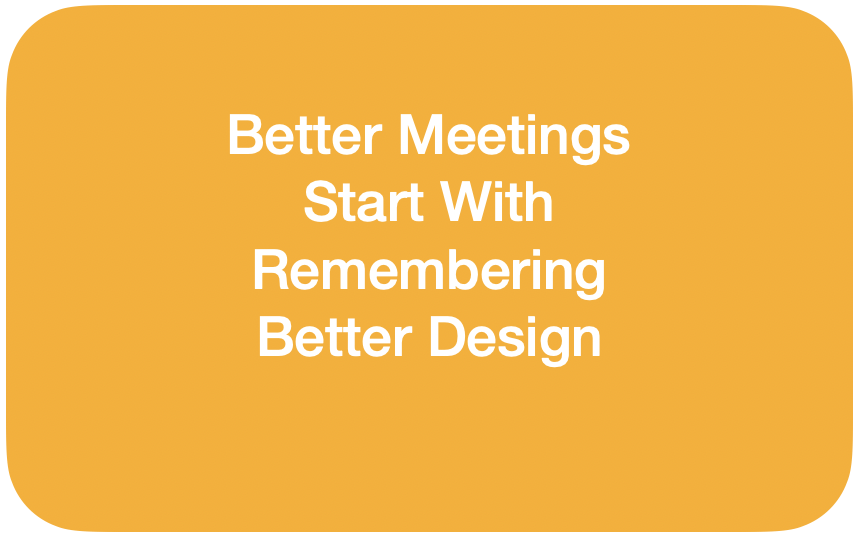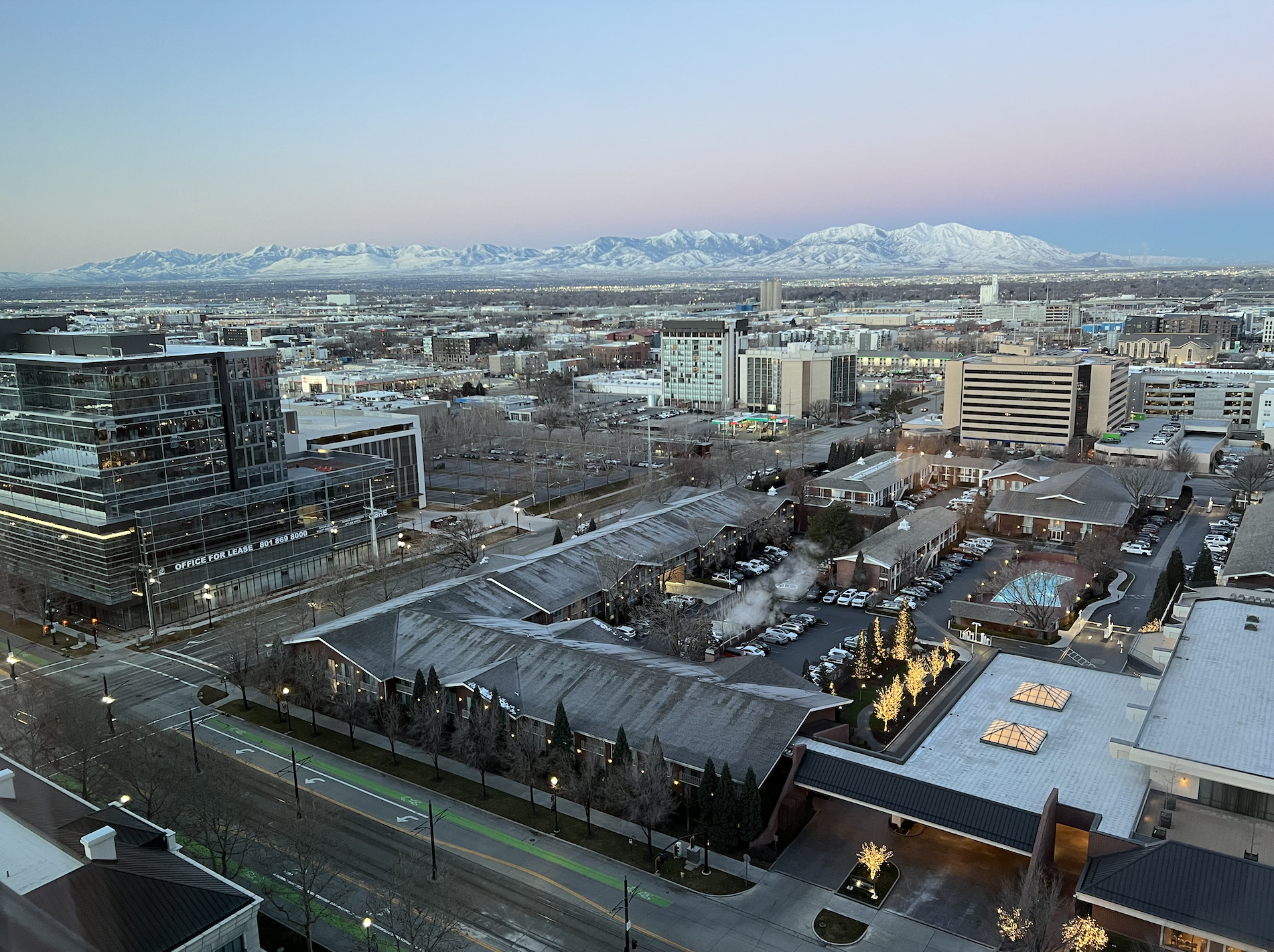
Yup, that sounds rather obvious doesn’t it. Yet it’s often overlooked in design of meetings, particularly when group sizes get larger. With good intent to try to cover everything, the end result is often too watered down, or too rushed, or too scattered in purpose to yield what was the longed-for intention.
Recently in a coaching call I was listening to someone share an example of, what I believe was the trap of trying to be everything for everyone. What needed a series of meetings placed carefully over time with clear purpose and space for integration, was being smooshed into one meeting and several complex topics. What needed ample initial connection and reconnection among participants (in part because of continued online meetings) was being compressed to a list of albeit delicious intended outcomes, but still missing the essential relational qualities. This meeting needed depth and authenticity. It was defaulting in design to another skim of the shallow.
I would suggest we’ve all been there. I have. Argh. Trying for too much.
Well the coaching I offered this person was an intent to get to the essence of things. It wasn’t mine to fix the short-changing of time needed for this persons particular purpose. But it also wasn’t my job to dismiss the oversights and flippantly wish them good luck. My job, my desire, was to offered something principled that might help them nuance their thinking and their practice of meeting, starting with what was in front of them.
I offered three basic points that ground my learning and hosting of meetings and hosting of people who host.
- Remember (as above) that not every meeting is for everything and for everyone. The intent to be comprehensive is impressive. The intent to be efficient is impressive. But I would suggest the courage to even sip the depths together is often more lasting that another instance of surfacy production-line together. There is a maxim used by many that I learned in my early Berkana days — sometimes we need to slow down so that we can speed up. I offered this awareness with my client so as to reclaim permission and courage to design for meetings that would help people want to come back.
- Make sure that there is turning to one another. Yup, another obvious one. Turn to one another with story. Turn to one another with invitation to share experiences of what they see and notice. Turn to one another with invitation to name what they each feel is important and has relevance for their situation. Whether it is another online meeting or another face to face meeting, I think that people leading these often cave to the pressure to get on with the meeting. Turning to one another is what animates people, in part because of the need for connection, so that they can take on the complex stuff together. It’s so simple, online or face to face, to create a well-bounded experience to turn to one another, a partner or a group of three, rather than another instance of passive participation.
- Ask for improvements. Ask for people to offer what they think might help the situation. It’s less about complete fixes. It’s more about animating some fundamental energy for being in continued learning and practice with one another. What I shared with my client was the importance of being transparent with three scales that are happening all at the same time. Sometimes the scale for improvement is what the individual does. And not every individual the same. Just for one person. Sometimes the scale of improvement is for the team, or committee, or task force. What is one thing that you feel might help our team in moving forward? Sometimes the scale is for the larger organization or community. Because that scale is intertwined with the deeply personal.
That’s it. “Three things to weave to your thinking,” I offered. Three things that might restore a bit clarity in process and purpose. The real work of our times isn’t about imposing more manipulation to get people to do something. The real work is about getting ourselves in the room, inviting authenticity and imagination with others, and as lofty as all of that feels, invoking just a bit of Jedi practice and design to reclaim some of the caring that brought people to the work in the first place.
Here’s to good meetings. To good nudges of very purposed design. And to the taking on of complex things with new found simplicity.



